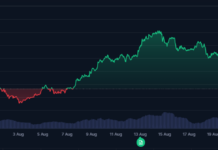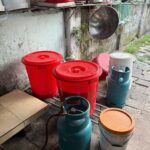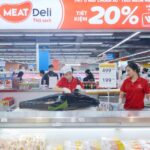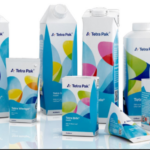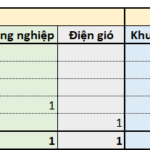Milk has long been hailed as a vital source of nutrition, rich in calcium and essential for a balanced diet. However, in India, this staple food is being adulterated with harmful chemicals, raising significant public health concerns.
Recently, a raid conducted by the Food Safety and Standards Authority of India (FSSAI) in Uttar Pradesh uncovered and seized 500 liters of counterfeit milk along with 1 liter of chemicals. The operation exposed a sophisticated fake milk production ring operated by a local businessman.
According to authorities, the arrested individual is Ajay Agarwal, owner of a trading company in Bulandshahr, Uttar Pradesh. He is accused of mixing chemicals, artificial sweeteners, and flavorings to produce synthetic milk and cheese, which he sold in the market for over two decades.
Alarmingly, Agarwal could produce up to 2 liters of fake milk using just 5 ml of chemicals. By adding flavorings and colorings, the counterfeit product was nearly indistinguishable from real milk by sight or taste.
During the inspection, authorities discovered various chemicals, including potassium hydroxide (KOH)—a highly corrosive alkaline compound, whey powder, sorbitol, permeate milk powder, and refined soybean oil. Additionally, expired artificial sweeteners, past their use-by date by two years, were also confiscated.
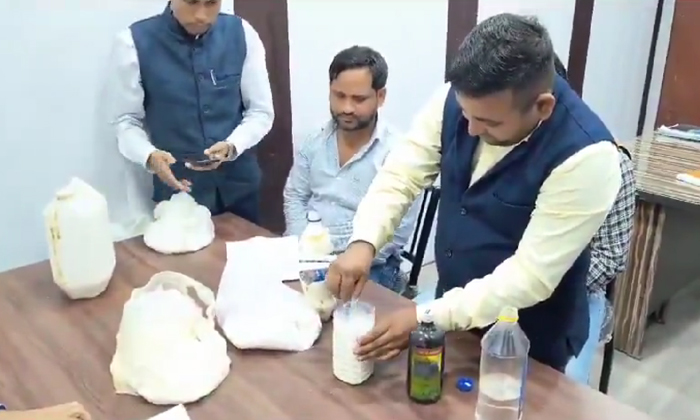
Experts warn that ingesting potassium hydroxide can cause burns to the mouth, throat, and stomach, potentially leading to severe tissue damage. Direct skin contact or inhalation of this substance is also hazardous. Meanwhile, while sorbitol is naturally present in fruits and used in food products, excessive consumption can lead to bloating, indigestion, and adverse effects on the digestive system.
In response to the prevalence of counterfeit milk, FSSAI has issued simple guidelines for consumers to test milk quality at home. One common method is to check for starch contamination: boil 2–3 ml of milk, let it cool, and add a few drops of iodine solution. Pure milk will remain unchanged or turn slightly yellow; if it turns blue, it indicates the presence of starch adulteration.
The incident in Uttar Pradesh serves as a stark reminder of the pervasive issue of food adulteration in India. Milk, a daily essential, has been transformed into a potential health hazard. Experts urge consumers to exercise caution when purchasing dairy products and to employ basic testing methods to safeguard themselves and their families.
Bringing Branded Meat to Every Vietnamese Household: A Strategic Approach
Vietnam’s branded meat market is entering a new growth phase as consumers increasingly prioritize safe, traceable food sources.

























